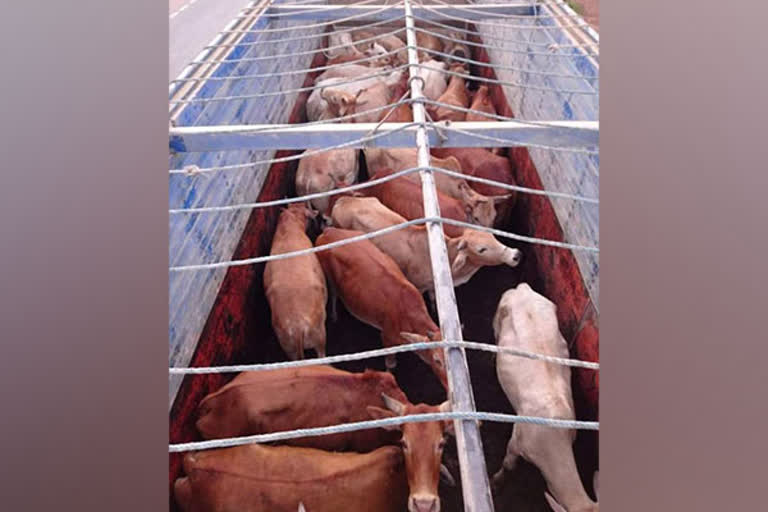Kottayam (Kerala):Punnasseril Sreenivasan is one of many dairy farmers in Kerala who till five years ago had found dairy farming even on a small scale very profitable, but not so now, despite having high-yielding breeds of milch cattle -- like the southern state's own Sunandini, due to rising costs of feed. His and his wife's day begins at the crack of dawn as they go about milking the various breeds of cows they have in order to supply milk not only to their regular customers -- more than 20 local households and shops -- but also a cooperative society which comes under Milma, Kerala's largest dairy cooperative.
They milk their five cows twice a day to get around 60 litres of milk, but despite having high-yielding cattle like Jersey, Holstein Friesian and Sunandini, rising feed costs have made huge dent into their profits, Sreenivasan, who hails from Ramapuram in Kottayam district said. "We had cows at home when I was a child. Back then it was subsidiary to other forms of agriculture. Later we got more cows, like Jersey, HF and Sunandini and till about five years ago, it was very profitable.
"I took care of my family's needs, raised my children, took care of their education, all thanks to the earnings from dairy farming. But now cattle feed costs have really gone up and the exotic and crossbred cows need it to produce milk to their full potential. So it is not as profitable as in the past," he told PTI. On being asked whether the state government's decision to hike milk prices by Rs 6 would provide any succour, he disagreed.
He said that dairy farmers are paid according to the fat content in the milk; the creamier it is, more is the price per litre. The state government's hike of Rs 6 per litre of milk would reflect in the packaged milk sold to consumers, but not in earnings of dairy farmers as the rates according to fat content have not been released, he said. Sunandini produces very fat rich milk, he added.
It is one of the reasons why it forms more than 90 per cent of cattle population in the southern state, former Chief Executive of Kerala Livestock Development Board C T Chacko said. However, it is not popular outside Kerala probably due to its non-registration with ICAR's National Bureau of Animal Genetic Resources (NBAGR). Chacko, who was instrumental in the evolution and development of Sunandini, claims the breed -- which evolved after around three decades worth of research and breeding as part of an Indo-Swiss venture -- revolutionised the dairy industry in Kerala.
It all began with creating a suitable dual purpose breed which was rugged in nature and a good milk producer for the settler farmers of Idukki and the animal chosen for crossbreeding was Brown Swiss, he said. Later, Jersey and HF breeds were also incorporated in the program as famers needed even higher milk yielding cows as the dairy industry grew, Chacko, who hails from Piravom in Ernakulam district of Kerala, said.
